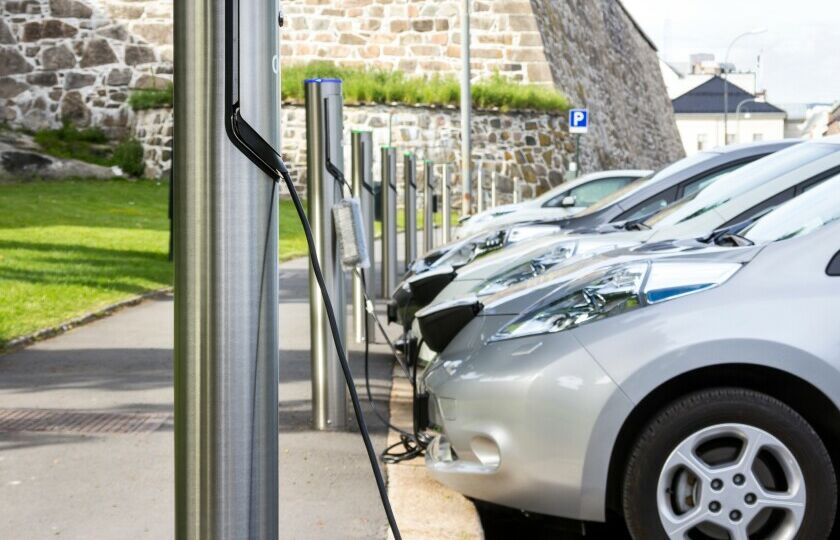
The European Banking Authority’s (EBA) proposed adjustments to EU Green Bond Standards (EU GBS) regulation will allow securitization to play a more valuable role in financing the transition towards a greener EU economy, according to AFME’s managing director of securitization, Shaun Baddeley.
“The language that was adopted within the green bond standard previously, was backwards-looking in as much as it was only considering securitizations of collateral that were green as green securitizations,” said Baddeley.
“And that doesn’t allow securitization to ever really be relevant because there’s very little collateral that’s green.”
The EBA’s report, released on Wednesday, made a series of recommendations to adjust the EU GBS regulation to better accommodate securitizations.
The key proposal is to make EU GBS requirements apply at the originator level instead of at the issuer level. This would then allow for securitizations that are not backed by a portfolio of 100% green assets like Baddeley described to meet the EU GBS requirements, allowing for structures such as a use of proceeds green securitization.
“This correction ensures equal treatment,” Baddeley added. “That’s relevant for securitization because it creates a bridge solution to what is likely to be a temporary problem. In time there will be a bunch of green assets on banks’ balance sheets, which can then be securitized.”
The EBA said that a lack of green assets was one of the major factors contributing to the slow growth of green securitizations in Europe and that this will take time to develop.
Baddeley said that once the number of green assets in Europe reached a “critical mass”, securitization would play an important role in the EU’s drive to a greener economy.
The EBA added that a “dedicated framework” for sustainable securitization may be appropriate once there are more green assets, a move which was welcomed by rating agency Moody’s.
“The inclusion of sustainability-related disclosure requirements for issuers and originators will improve transparency and ease the credit analysis and investor due diligence,” said Barbara Rismondo, senior VP analyst, structured finance at Moody’s. Rismondo added that greater disclosure and information for credit analysts would be “very useful”.

Changing tone
The EBA’s report did hint that perhaps attitudes towards securitization are starting to change within Europe’s regulatory bodies. Baddeley said there was a sense from the report that “broad recognition” was emerging that securitization could play a vital role in the EU’s ESG initiatives.
However, the report noted that the European market was a long way behind the American and Chinese markets and other sectors within the EU like covered bonds.
According to the EBA, US green securitizations stood at $111.5bn against less than €10bn in the EU at the end of Q1 2021. Meanwhile in China, at the end of 2020 about RMB 115bn ($18.2bn) had been issued in green ABS deals.
The US and Chinese green securitization markets have been able to “dwarf” the European market largely due to European securitization regulation “hampering” growth in this market, Baddeley said.
Ultimately, the general regulations within the EU on securitization would also be key to growing the sustainable securitization market and the market as a whole, he added.
“If you don’t solve that problem… this [EU GBS adjustment] to some extent becomes less relevant.”

